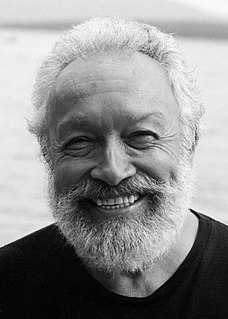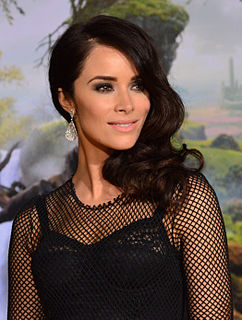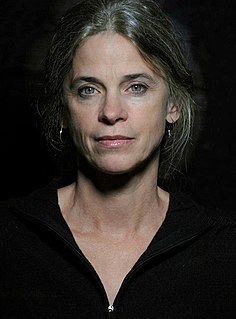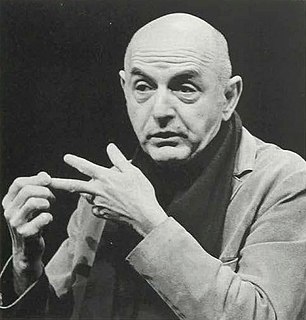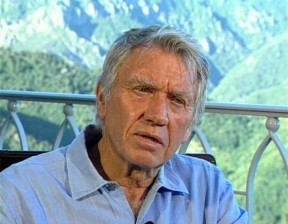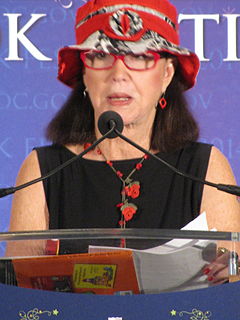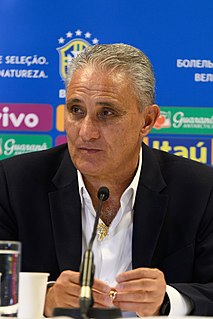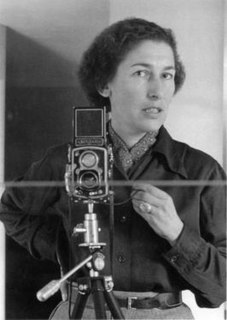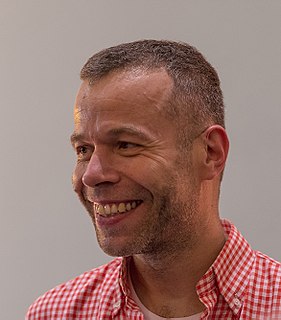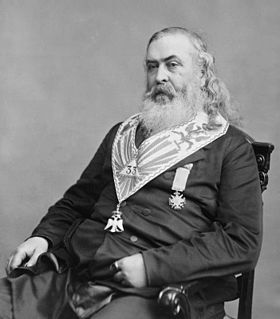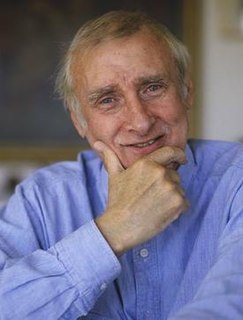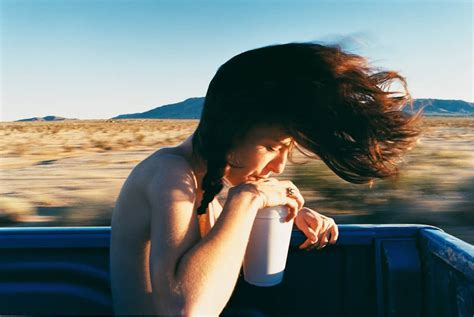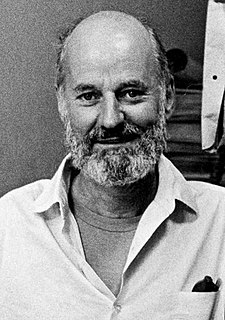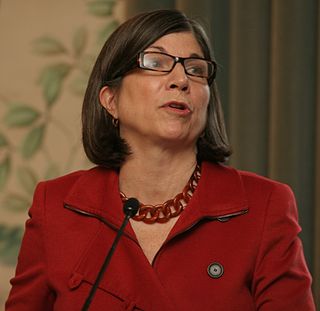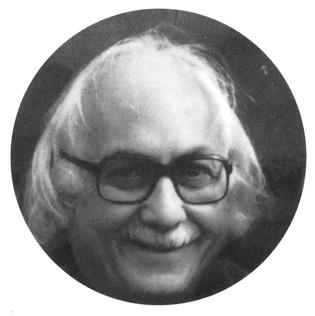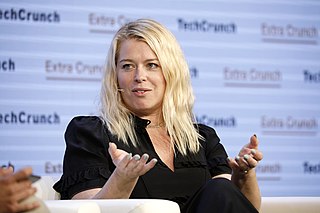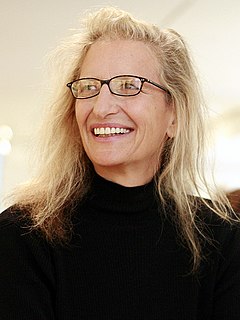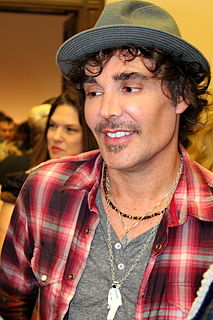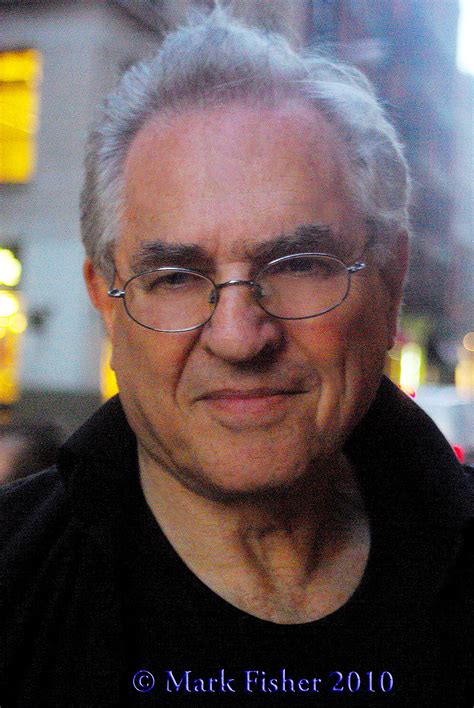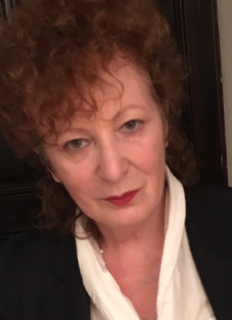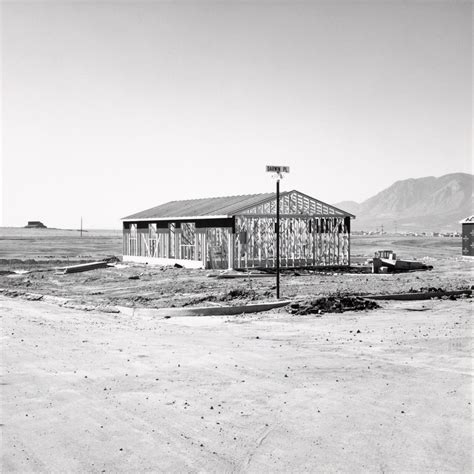A Quote by Harold Feinstein
I began photographing in 1946. Before that, I was a painter and drawer, with my mother and father's support. They were a bit pissed when I went into photography. They thought photographers were guys who took pictures at weddings.
Related Quotes
If I could be said to have any kind of aesthetic, it's sort of a magpie aesthetic - I just go and pick up whatever is around. If you think about it, the children were there, so I took pictures of my children. It's not that I'm interested in children that much or photographing them - it's just that they were there.
Whatever pictures are put into the world, the balance needs to be readdressed, it needs to be observed. That's why I am also really questioning what a lot of photography has done since I began. I am not saying because of me, but I mean, photographing some friends partying and publishing the pictures meant something else in '92 than it does in 2011. And I find the younger generation is not questioning this at all today.
Communism wasn't a word that I thought of when I went to Cuba. The original Fidelistas were not Communists. They were graduate students at the university and law students. After the Fidelistas took over, they went to Washington and tried to get support from the U.S. government, which turned them down. They were in a desperate political and economic situation, so they took the offer from the Soviet Union. Communism was a matter of necessity.
Anthropology... has always been highly dependent upon photography... As the use of still photography - and moving pictures - has become increasingly essential as a part of anthropological methods, the need for photographers with a disciplined knowledge of anthropology and for anthropologists with training in photography has increased. We expect that in the near future sophisticated training in photography will be a requirement for all anthropologists. (1962)
